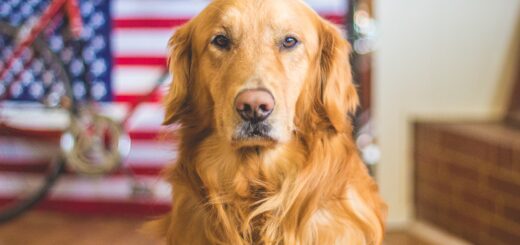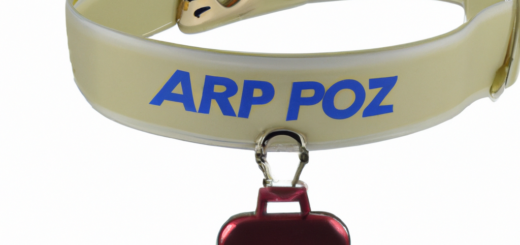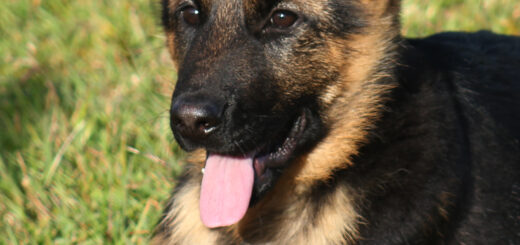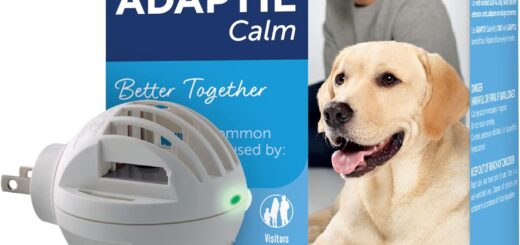Integrating A New Dog Into Your Household: Tips For A Smooth Transition
When it comes to bringing a new dog into your home, a smooth transition is key to ensuring a harmonious environment for both the new furry addition and your existing family members. Whether you are a first-time dog owner or adding another pup to your pack, these simple tips will help you navigate the process with ease. From creating a safe and welcoming space to establishing routines and introducing new furry friends, integrating a new dog into your household can be an exciting and rewarding experience for all involved.
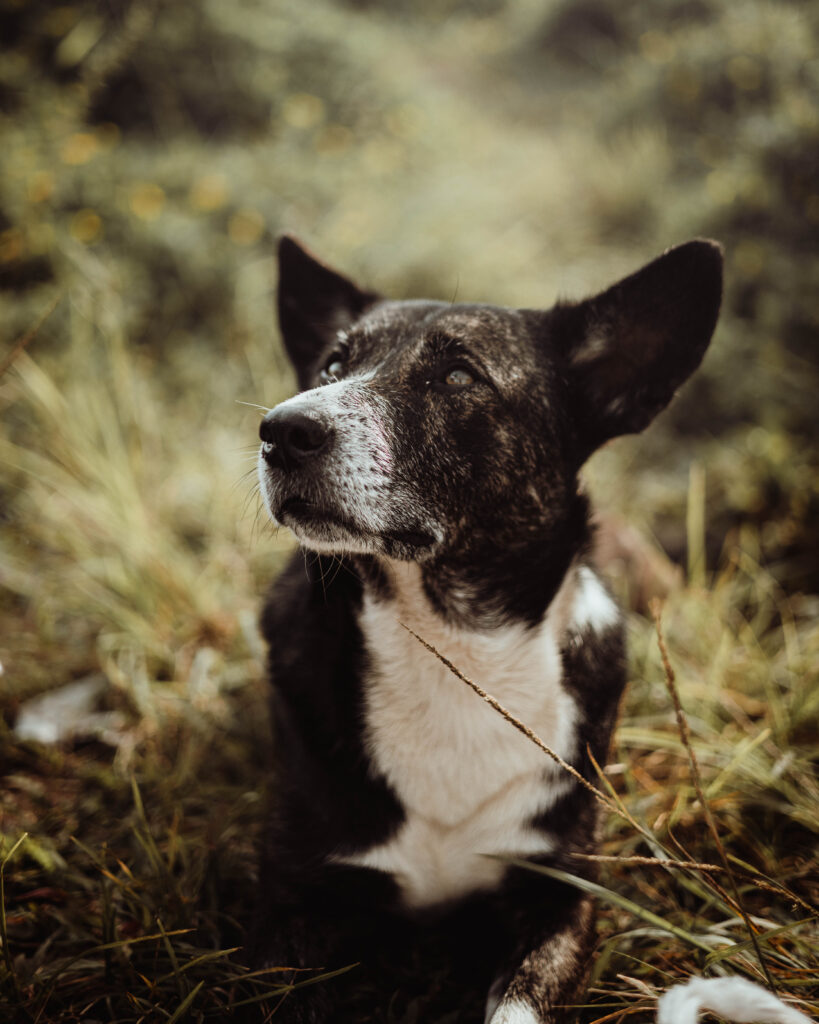
This image is property of images.pexels.com.
Preparing Your Home
Creating a Safe Space
Before bringing your new dog home, it’s essential to create a safe space where they can feel secure. This area should be free from any potential dangers, such as cords or toxic plants, and should be equipped with comfortable bedding, water, and toys. A crate can also serve as a safe haven for your dog, providing them with a sense of security and a designated space of their own.
Securing Dangerous Items
Take some time to assess your home for any potentially dangerous items and secure them before your new dog arrives. This includes locking away cleaning supplies, medications, and any other toxic substances. It’s also important to secure electrical cords and keep breakable items out of reach. By taking these precautions, you can prevent accidents and ensure the safety of your new furry friend.
Purchasing Essential Supplies
Before bringing your new dog home, make sure you have all the essential supplies they will need. This includes food and water bowls, a leash and collar, a comfortable bed, grooming supplies, and toys. It’s also beneficial to have some treats on hand for rewards during training sessions. By having these supplies ready, you can provide your new dog with everything they need to feel comfortable and happy in their new home.
Introducing the Dog to Your Home
Choosing the Right Time
Choosing the right time to introduce your new dog to their new home is crucial. It’s recommended to plan for a time when you can dedicate several days to help them acclimate to their new environment. Avoid introducing them during busy or stressful times when there may be a lot of noise or activity in the house. By choosing the right time, you can ensure a calm and peaceful introduction for your new dog.
Gradual Introduction to Rooms
To help your new dog feel more comfortable, start the introduction process by allowing them access to one room at a time. Begin with a smaller, less overwhelming room and gradually allow them access to the rest of the house as they become more familiar and confident. This gradual approach allows your dog to adjust at their own pace and prevents them from feeling overwhelmed or anxious.
Allowing Exploration
Once your new dog has settled into their safe space, it’s important to allow them to explore their new home. Supervise their exploration initially to ensure their safety and intervene if necessary. Encourage them to sniff around, investigate different areas, and become familiar with their surroundings. This process helps them build confidence and create positive associations with their new home.
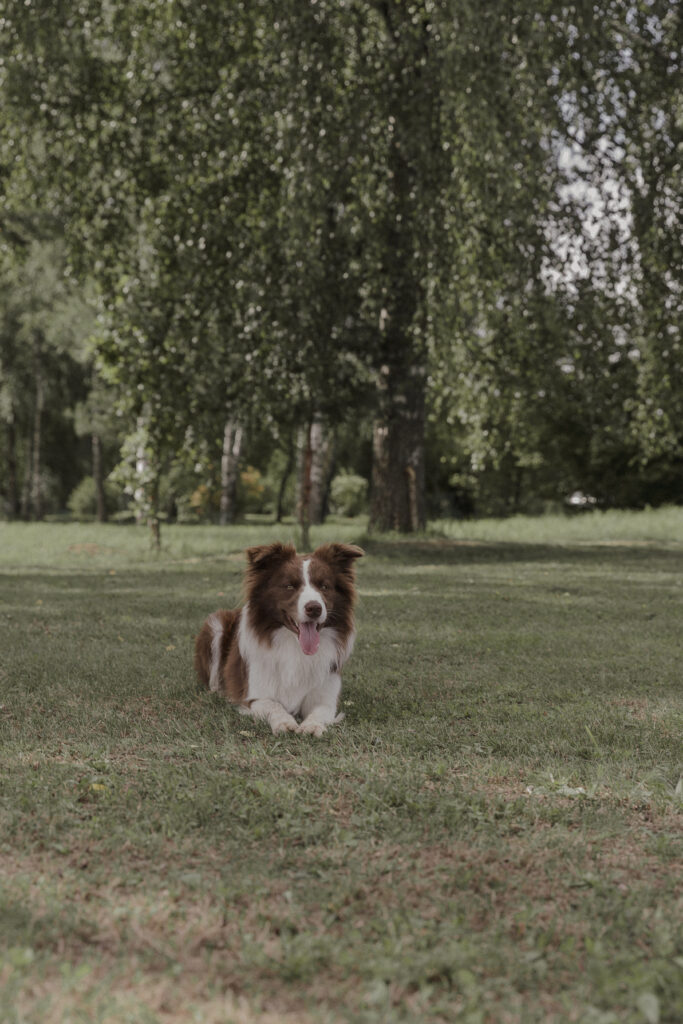
This image is property of images.pexels.com.
Introducing the Dog to Family Members
Meeting Immediate Family
When introducing your new dog to immediate family members, it’s crucial to take it slow and create a positive experience for everyone involved. Start by allowing each family member to approach and interact with the dog separately. Offer treats and praise to associate these interactions with positive experiences. Keep these encounters short initially, gradually increasing the duration as the dog becomes more comfortable. This gradual introduction helps build trust and ensures a positive bond between your new dog and each family member.
Introducing to Extended Family and Friends
Introducing your new dog to extended family and friends should be done gradually and in a controlled environment. Start by introducing them to one person at a time in a calm and quiet setting. Allow your dog to approach the person at their own pace, and never force interactions. Offer treats and praise for positive behavior, and provide a safe space for your dog to retreat to if they become overwhelmed. Remember, not all dogs are social butterflies, so respect their boundaries and comfort levels when introducing them to new people.
Establishing Rules and Boundaries
Establishing a Routine
Establishing a routine is vital for your new dog’s well-being and helps them feel secure in their new home. Set consistent meal times, exercise schedules, and potty break routines. Dogs thrive on routine, and by providing structure and predictability, you can help them feel safe and reduce any anxiety they may be experiencing.
Setting Expectations
It’s important to set clear expectations and rules for your new dog from the start. Decide what behaviors are allowed and what are not, and consistently enforce these rules. Establishing boundaries helps your dog understand what is expected of them and fosters a sense of discipline and respect. Be patient and consistent in reinforcing these expectations, and always use positive reinforcement techniques to encourage desired behaviors.
Maintaining Consistency
Consistency is key when it comes to establishing rules and boundaries for your new dog. Make sure everyone in the household is on the same page and follows the established routines and rules. Inconsistency can lead to confusion and frustration for your dog, so it’s important to maintain a united front. Regular communication and coordination among family members can help ensure consistency and create a harmonious environment for your new furry family member.
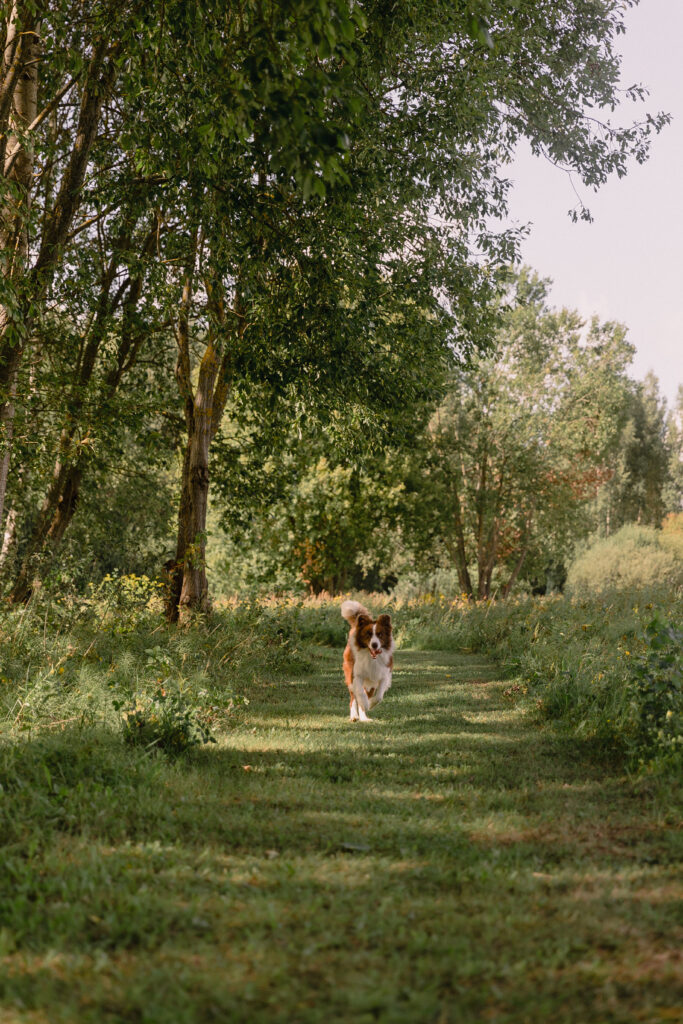
This image is property of images.pexels.com.
Socializing the Dog
Exposing to Different Environments
Socializing your new dog to different environments is essential for their overall well-being and confidence. Start by gradually exposing them to new sights, sounds, and smells in a controlled manner. Take them for short walks in different neighborhoods, visit pet-friendly stores, and introduce them to various environments such as parks or bustling city streets. Always monitor your dog’s reactions and comfort level, and provide positive reinforcement and treats to create positive associations with new environments.
Introducing to Other Dogs
Introducing your new dog to other dogs should be done slowly and carefully. Begin by introducing them to well-socialized, friendly dogs that you are familiar with and can control the environment. Choose neutral ground for the initial meeting and allow the dogs to greet each other calmly and politely. Monitor their interactions closely and intervene if necessary. Gradually increase the duration and frequency of these interactions as your dog becomes more comfortable. Positive interactions with other dogs can help improve your dog’s social skills and overall happiness.
Encouraging Positive Interactions
When socializing your new dog, it’s crucial to encourage positive interactions with people and other animals. Use positive reinforcement techniques, such as treats and praise, to reward your dog for calm and friendly behavior. Avoid exposing them to situations that may trigger fear or aggression, as this can create negative associations. Focus on creating positive experiences and gradually increasing their exposure to different stimuli to build their confidence and social skills.
Training the Dog
Basic Commands
Basic commands are essential for your dog’s safety and well-being. Teach your new dog basic commands such as “sit,” “stay,” and “come” using positive reinforcement techniques. Use treats, praise, and consistent repetition to reinforce desired behaviors. Training sessions should be short, fun, and frequent to keep your dog engaged and motivated. Consistency and patience are key when it comes to training, so make sure to practice regularly to help your dog master these essential commands.
House Training
House training is one of the first and most important steps in integrating a new dog into your home. Develop a consistent routine for bathroom breaks and reward your dog for eliminating outdoors. Supervise your dog closely indoors, and provide access to their designated bathroom spot frequently. When accidents happen, avoid punishment and instead redirect your dog to the appropriate spot. With time, patience, and consistency, your new dog will learn to understand and follow the house training routine.
Reward-based Training
Reward-based training is an effective and positive way to teach your new dog desired behaviors. Use treats, praise, and toys as rewards to reinforce good behavior. By focusing on rewarding positive actions instead of punishing negative ones, you create a positive learning environment for your dog. Reward-based training builds trust, strengthens the bond between you and your dog, and encourages your dog to make choices that lead to positive outcomes.
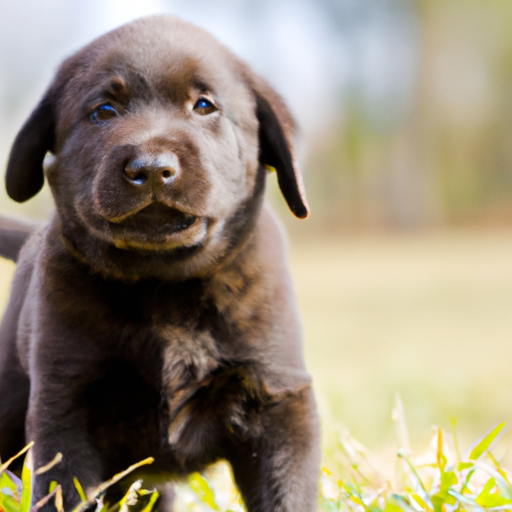
Handling Behavioral Issues
Ensuring Sufficient Exercise
Many behavioral issues can be alleviated or minimized by ensuring your dog receives sufficient exercise. Regular exercise helps your dog burn off excess energy and reduces boredom, which can contribute to behavioral problems. Provide daily walks, play sessions, and mental stimulation to keep your dog physically and mentally active. Tailor the exercise routine to your dog’s specific needs, considering their breed, age, and energy level.
Handling Separation Anxiety
Separation anxiety is a common issue that many dogs experience when left alone. To help your dog cope with separation, gradually acclimate them to being alone by leaving them alone for short periods and gradually increasing the duration. Provide them with a comfortable and safe space, such as a crate or designated area, and leave them with engaging toys or puzzle feeders to keep them occupied. Additionally, consider using calming aids, such as pheromone diffusers or calming music, to help your dog relax during periods of separation.
Addressing Aggression
Addressing aggression requires professional help, as it can be complex and potentially dangerous. If your new dog displays aggressive behavior, consult with a professional dog trainer or behaviorist who specializes in aggression. They can assess the situation, identify triggers, and develop a tailored behavior modification plan for your dog. It’s important to prioritize safety and address aggression promptly to ensure the well-being of your dog and those around them.
Providing Mental Stimulation
Engaging Toys
Engaging toys can provide mental stimulation and prevent boredom for your new dog. Invest in toys that challenge your dog’s problem-solving skills and keep them entertained. Puzzle toys, treat-dispensing toys, and interactive toys can stimulate your dog’s mind and provide hours of entertainment. Rotate the toys regularly to keep them fresh and exciting, and supervise your dog during playtime to ensure their safety.
Interactive Games
Playing interactive games with your dog not only provides mental stimulation but also strengthens the bond between you and your furry friend. Games such as hide-and-seek, fetch, and tug-of-war engage your dog’s senses and intelligence. These games also provide an opportunity for physical exercise and can help reinforce obedience commands. Make sure the games are safe and appropriate for your dog’s size and breed, and always prioritize their safety and well-being during playtime.
Puzzle Feeders
Puzzle feeders are a great way to provide mental stimulation while feeding your dog. These specially designed feeders require your dog to solve puzzles or work for their food, keeping them mentally engaged and entertained. Puzzle feeders can help slow down fast eaters, prevent boredom during mealtime, and challenge your dog’s problem-solving skills. Introduce puzzle feeders gradually and supervise your dog until they become familiar with the concept.
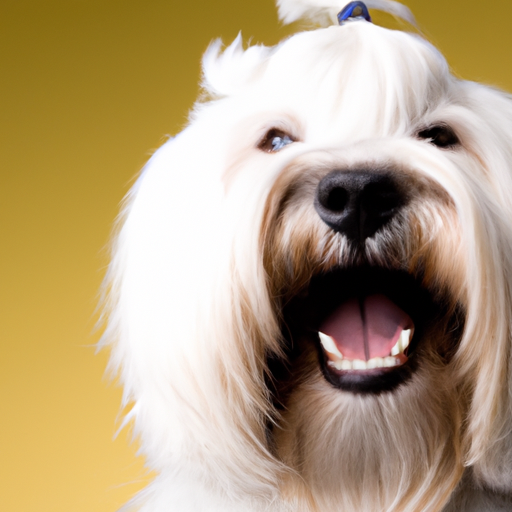
Developing a Bond
Spending Quality Time
Building a strong bond with your new dog requires spending quality time together. Set aside dedicated time each day for one-on-one interaction and engage in activities that your dog enjoys. This can include going for walks, playing games, or simply relaxing together. By investing time in your dog’s happiness and well-being, you strengthen the bond between you and create a solid foundation for a trusting relationship.
Building Trust
Building trust with your new dog is essential for their overall well-being and behavior. Always prioritize their safety, comfort, and needs. Be patient and understanding as your dog adapts to their new environment and learn to trust you. Avoid using harsh punishments or forceful methods, as this can damage the trust and bond you are trying to establish. Instead, use positive reinforcement, consistency, and clear communication to build a trusting relationship with your new furry family member.
Nurturing the Dog’s Needs
To develop a strong bond with your new dog, it’s important to nurture their physical, emotional, and social needs. Provide regular exercise, mental stimulation, and affection to ensure their physical and emotional well-being. Address their social needs by providing opportunities for socialization with other dogs and people. By nurturing these needs, you create a loving and supportive environment that strengthens the bond between you and your new furry companion.
Dealing with Challenges
Patience and Persistence
Integrating a new dog into your household can come with its fair share of challenges. It’s important to approach these challenges with patience and persistence. Remember that each dog is unique and may require different strategies and timelines for adjustment. Be patient with yourself and your new dog and allow time for the transition process. With consistent effort and resilience, you can overcome any challenges that may arise.
Seeking Professional Help
If you encounter challenges that you are unable to address on your own, don’t hesitate to seek professional help. Professional dog trainers and behaviorists have the knowledge and expertise to help you navigate through difficult behavioral issues or training obstacles. They can provide guidance, develop a tailored plan, and offer support during the integration process. Seeking professional help when needed can make a significant difference in creating a smooth and successful transition for both you and your new dog.
Adapting to Individual Needs
Each dog is unique, with their own set of personality traits and needs. It’s important to adapt your approach and strategies to cater to your individual dog’s needs. Pay attention to their body language, preferences, and reactions, and adjust your training, socialization, and daily routine accordingly. By understanding and accommodating their individual needs, you can create a comfortable and fulfilling environment for your new dog.
Integrating a new dog into your household requires careful planning, patience, and dedication. By following these tips and guidelines, you can help facilitate a smooth transition and create a loving and harmonious home for your new furry family member. Remember to always prioritize their safety, well-being, and happiness, and enjoy the journey of building a strong and lasting bond with your new dog.


